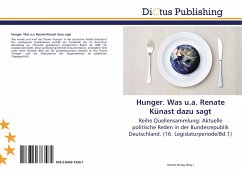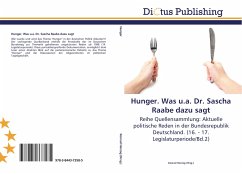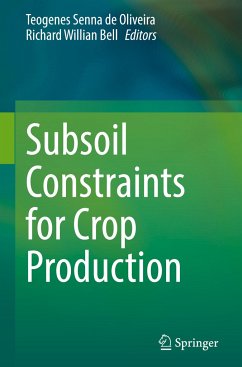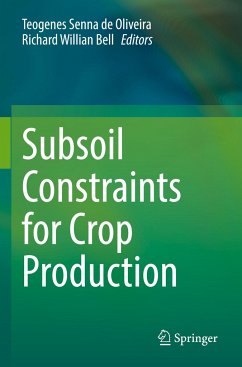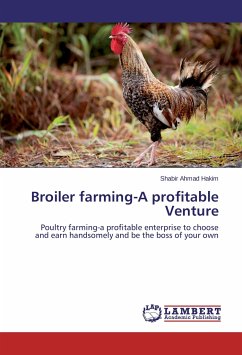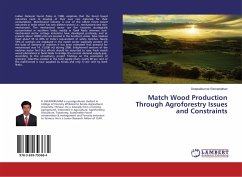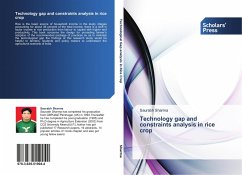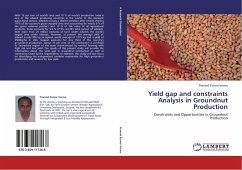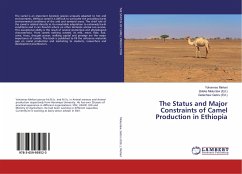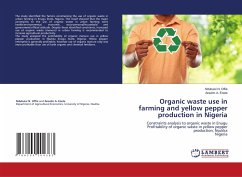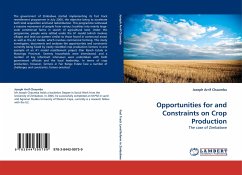
Opportunities for and Constraints on Crop Production
The case of Zimbabwe
Versandkostenfrei!
Versandfertig in 6-10 Tagen
32,99 €
inkl. MwSt.

PAYBACK Punkte
16 °P sammeln!
The government of Zimbabwe started implementing its fast track resettlement programme in July 2000, the objective being to accelerate both land acquisition and land redistribution. This programme witnessed a massive movement of people from various localities into mainly large-scale commercial farms in search of agricultural land. Under this programme, people were settled under the A1 model (which involves villages and land use pattern similar to those found in communal areas) as well as the A2 model, which involves commercial farming. This study investigates, documents and analyses the opportu...
The government of Zimbabwe started implementing its fast track resettlement programme in July 2000, the objective being to accelerate both land acquisition and land redistribution. This programme witnessed a massive movement of people from various localities into mainly large-scale commercial farms in search of agricultural land. Under this programme, people were settled under the A1 model (which involves villages and land use pattern similar to those found in communal areas) as well as the A2 model, which involves commercial farming. This study investigates, documents and analyses the opportunities and constraints currently being faced by newly resettled crop production farmers in one example of an A1 model resettlement project (Fair Ranch Estate in Masvingo Province). Seventy households were interviewed, and a number of key informant interviews were undertaken with both government officials and the local leadership. In terms of crop production, however, farmers in Fair Range Estate face a number of challenges and constraints: farmer-oriented.



